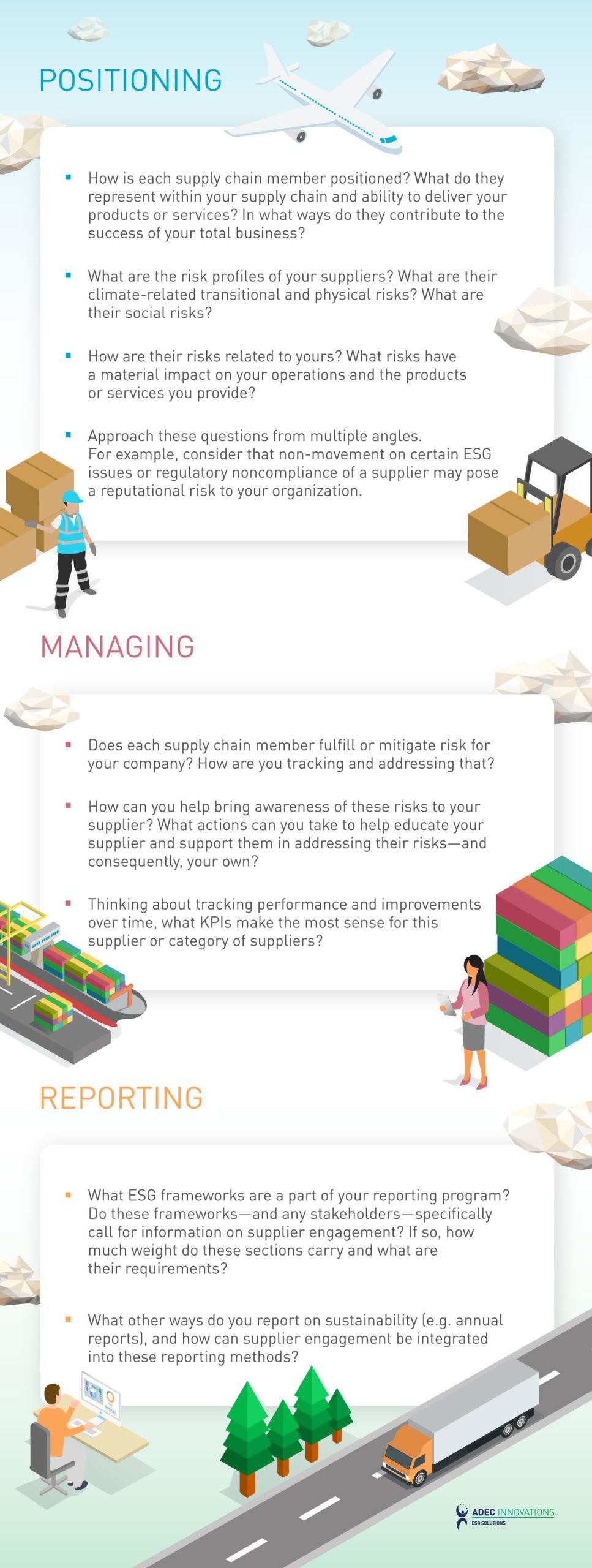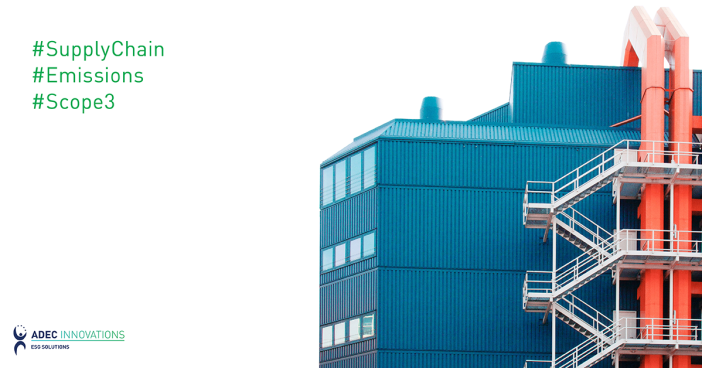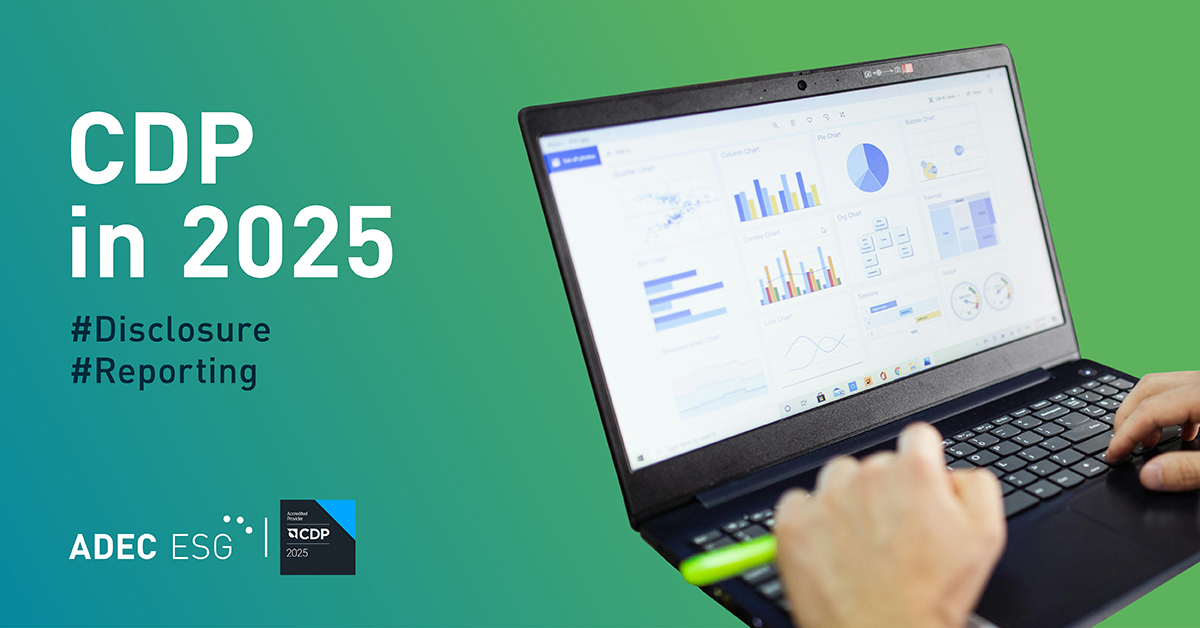If getting a handle on your scope 3 emissions and supply chain isn’t at the top of your list of sustainability and/or decarbonization priorities, it should be.
Across the board, government agencies, financial reporting bodies, investors, and ESG platforms are spotlighting scope 3 emissions. The U.S. Securities and Exchange Commission is currently proposing guidance that would require scope 3 disclosures for certain companies. The TCFD and the ISSB prototype climate standard also recommend reporting scope 3 emissions when they are considered material. This affects current and proposed government-mandated disclosure requirements in places such as the UK, New Zealand, and more.
If your company’s scope 3 emissions would exceed 40% of your total emissions, the Science Based Targets Initiative (SBTi) also requires establishing a scope 3 target.
For many organizations, scope 3 emissions and supplier engagement are almost intrinsically linked. To help you improve your scope 3 emissions management, we’re taking a look at how emissions are impacted by your value chain and breaking down four ways you can start engaging suppliers to work towards your ESG goals.
Why invest in supplier engagement?
Unsurprisingly, supplier engagement plays a large role in scope 3 emissions tracking and management, as supply chain emissions account for on average more than eleven times the emissions of a company’s own direct operations. Many businesses—in both the public and private sectors—are also heavily dependent on suppliers. For this reason, it’s important to consider the value of supplier engagement from a risk analysis and business continuity perspective
Benefits of a robust supplier engagement program might include:
- Developing stronger relationships and aligned values with your suppliers;
- Understanding the level of commitment and ESG risk within your supply chain;
- Using supply chain management to strengthen and reassess business continuity planning; and
- Re-evaluating your supply chain resilience using ESG risks to adapt to a quickly evolving business landscape.
If you’re in the process of reining in your scope 3 emissions, one of your first steps should be to focus on your suppliers. You can minimize your risk by engaging your supply chain and gaining insight and visibility into their relationships with key ESG issues. Are your suppliers aligned with your goals? What can you do to help them get there?
What should I consider when engaging suppliers on ESG?
To meet your scope 3 targets (and more broadly, decarbonization or net-zero targets), you will need a supply chain that aligns with those targets. Because your supply chain is so closely tied to your business operations, understanding the risk profiles of your suppliers will help you to better understand your own business risk. Therefore, whatever action you take to manage risk for your business should also be considered by your suppliers. Consider leveraging your knowledge and experience, and enable your suppliers to take action according to their risk profile.
Ask yourself the following questions when creating a strategy around supplier engagement:
Positioning:
- How is each supply chain member positioned? What do they represent within your supply chain and ability to deliver your products or services? In what ways do they contribute to the success of your total business?
- What are the risk profiles of your suppliers? What are their climate-related transitional and physical risks? What are their social risks?
- How are their risks related to yours? What risks have a material impact on your operations and the products or services you provide?
- Approach these questions from multiple angles. For example, consider that non-movement on certain ESG issues or regulatory noncompliance of a supplier may pose a reputational risk to your organization.
Managing:
- Does each supply chain member fulfill or mitigate risk for your company? How are you tracking and addressing that?
- How can you help bring awareness of these risks to your supplier? What actions can you take to help educate your supplier and support them in addressing their risks—and consequently, your own?
- Thinking about tracking performance and improvements over time, what KPIs make the most sense for this supplier or category of suppliers?
Reporting:
- What ESG frameworks are a part of your reporting program? Do these frameworks—and any stakeholders—specifically call for supplier engagement? If so, how much weight do these sections carry and what are their requirements?
- What other ways do you report on sustainability (e.g. annual reports), and how can supplier engagement be integrated into these reporting methods?
Are you ready to start thinking tactically about how your suppliers impact your scope 3 emissions? Here are four things you can do to start engaging your supply chain in a way that is both meaningful and supportive.
1. Set the right KPIs.
Start off on the right foot—and set your suppliers up for success—by ensuring that you’re getting the data that best serves your ESG programs. Setting key performance indicators (KPIs) that make sense for you, your suppliers, and your ESG goals is a great way to ensure that your supply chain has a clear understanding of what is important and what is necessary.
These KPIs should be applicable to different parts of your diverse supply chain as well as align with what types of services and products your suppliers are providing you.
For example:
- You work with a number of manufacturing suppliers and want to set KPIs that are specific for this group. What are the energy inputs within their processes for the products they are providing (electricity, natural gas, etc.)? Can they isolate the energy associated with your products in particular?
- On the other hand, for apparel suppliers, you might consider: what are the chemical inputs of the products they are providing? What are the wastewater impacts in the suppliers’ local regions? How are they complying with and verifying labor standards?
We also recommend including KPIs to help measure the social impact of your supply chain and ensure that ethical standards are being met. In 2018, EcoVadis reported that globally, less than 10% of companies report KPIs on business ethics, with the majority of companies taking a “reactive, unstructured approach” to mitigating related risks. Although social sustainability is an often overlooked aspect of ESG, a truly sustainable business relies on addressing all three pillars of ESG.
Like environmental KPIs, these should be consistent and uniform in order to accurately track progress across your entire supply chain. Social or ethical KPIs may address topics such as diversity and inclusion, labor and human rights, health and safety, and worker conditions—among many others.
Your direct approach to addressing social issues will depend on you and your suppliers’ current engagement and risk profiles, and may include initiatives such as establishing a code of ethics or other policies, risk-based audits and questionnaires, supplier diversity programs, and additional training on topics such as labor rights and anti-corruption.
2. Work towards consistency in supplier reporting.
Your supply chain KPIs should be appropriate for each supplier and, taken as a whole, cover your entire value chain network. In order to accurately track and manage suppliers—and help set suppliers up for success—these KPIs should also be consistent for year-over-year comparability and performance tracking.
There is a seemingly infinite number of sustainability frameworks, platforms, and other reporting mechanisms that you may need to be mindful of—and the same is true for your suppliers. CDP, GRI, EcoVadis, Sedex, Sustainalytics, CSA, DJSI—the list goes on. With multiple customers requesting a plethora of different reporting formats, suppliers often feel overwhelmed and worn thin with these requirements, while trying to maintain their core business.
With so many varying reporting frameworks to tackle, suppliers use up precious time and resources, and may in fact wind up duplicating their efforts and reporting the same information in multiple formats.
There is a clear need at both the company-level and supply chain-level to have a consistent way of reporting on ESG metrics and goals. Large global companies, who often have overlapping suppliers, may have the ability to cooperate and collaborate in order to give their suppliers a more unified reporting environment. By establishing set questionnaires, audits, and other forms of standardized reporting, companies can create economies of scale to help suppliers ease the burden of reporting and allow them to focus on improving data quality, increasing performance, and meeting targets.
ADEC ESG Solutions’ wide network of partners large and small gives us a birds-eye view of these issues—and the ability to facilitate the collaboration needed to overcome them.
3. Give suppliers the resources they need to meet compliance standards.
In a 2021 report, CDP noted that “leveraging influence from the top downwards speeds up the rate of change.” Even with the best intentions, it is important to remember that suppliers often lack the institutional knowledge or resources needed to meet new and challenging requirements, targets, and policy frameworks. Smaller suppliers, for example, may not have a formalized approach nor the institutional knowledge to establish a comprehensive data tracking system.
Rather than opting for a different supplier, it’s important to focus on working together as a team to ensure that suppliers can evolve and improve with you, no matter how high you set the bar.
As a customer, you may be in the perfect position to engage, educate, and provide suppliers with resources to help them succeed. This outreach can come in many forms, including:
- Knowledge, procedures, and best practices;
- Training and education, such as e-learning solutions, in-person workshops, or certification training;
- Subsidies and investments in suppliers’ sustainability programs; and
- Data management programs, platforms, and other tools.
4. Collaborate on your joint journey towards sustainability.
From an environmental and social perspective, your suppliers’ impacts are your impacts. However, as a customer, you can and should play a direct role in changing the way your suppliers operate and provide their products and services, whether that’s reducing carbon emissions, redesigning materials and processes, or improving the quality of life for employees.
It can be difficult for suppliers, who often run smaller and leaner operations, to implement changes towards more sustainable practices. For many suppliers, the support of their customers is a key driver for their ability and incentive to pivot and adapt to these new goals and targets. Partnership on the journey toward a sustainable world is critical, and we encourage you to work together with your suppliers as you embark on your own Sustainability Journey.


Download ‘What should I consider when engaging suppliers on ESG?’
ADEC ESG works with global companies to help transform their operations—and those of their value chains—to put them at the forefront of sustainable change. Talk with our team today to learn more about how we can help you put your ESG corporate strategy into action.




